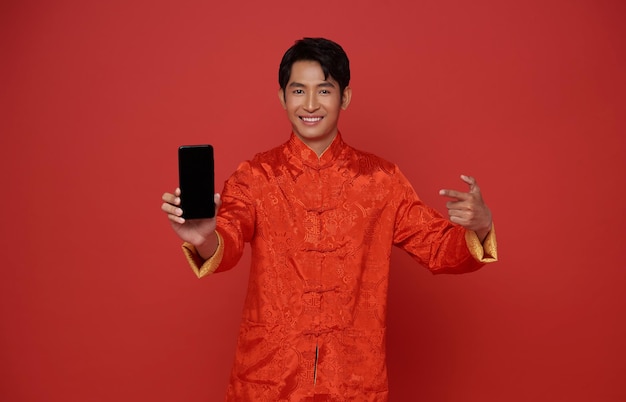

In a series of six posts, I discuss how we can free ourselves from our addiction to social media using teachings from early Buddhist scriptures, specifically the Vitakkasanthana Sutta. This sutra outlines five strategies for overcoming compulsive thoughts and urges.
The “Vitakkasanthana Sutta,” which translates to “the Discourse on Quieting Thinking,” has been dubbed “the Social Media Sutra” for convenience and to remind us that its teachings apply directly to our digital lives. When I say we are “addicted” to social media, I mean we use it compulsively, even though it has negative consequences. This fits the classic definition of addiction—doing something harmful repeatedly and feeling unable to stop.
Addictions often come with secondary issues like shame, secrecy, and anxiety when trying to cut back. Social media can also lead to addictions to anger and outrage, which can be very problematic.
The Social Media Sutra provides five tools to manage these urges. The first tool involves focusing on something positive when negative or addictive thoughts arise. The Buddha likens this to a carpenter who uses a smaller peg to dislodge a larger one. This principle can be applied in all areas of life, including online activities.
It’s not that social media is inherently bad, but our minds can turn its use into an addictive behavior. This includes not just social media platforms but also other compelling online activities, like reading news or playing games. The idea is to shift from an unhelpful urge to a positive behavior, leveraging the mindfulness that gives us the choice to recognize and steer our actions.
Mindfulness helps us see both the beneficial and harmful choices we make, though it can be uncomfortable as we confront our behaviors. Self-blame is common but unproductive; we need to understand that addiction is not a personal failing but a result of various conditions in our lives.
To pivot to positive behavior:
First, with mindfulness, recognize that you’re engaging in an activity that makes you unhappy. Notice the unhelpful mental habit you need to change.
For those craving constant stimulation, a mindful break can help. Notice physical sensations and the reality of your surroundings. This kind of mindful awareness can be more fulfilling than online stimulation.
If you’re craving attention, it might stem from not feeling good about yourself. Offer yourself some love and compassion. Place your hand on your heart and affirm that you matter and deserve care.
For those addicted to outrage, empathy and kindness can help. Recognize your suffering and offer yourself compassion. Understand that the person you’re angry with also experiences feelings and prefers happiness over suffering, just as you do.
You can trust the power of connection, empathy, and kindness, as well as your practice of the Dharma. Remind yourself to trust in mindfulness and the potential to let go of painful habits.
So, the first tool for dealing with social media addiction is to switch your focus to something positive and skillful. When you crave stimulation, learn to find contentment in the present moment. When you crave attention, trust that you matter. When you get angry, find power in empathetic connections.
Trust your mindfulness practice. By making mindful choices, you can establish a healthier relationship with social media.